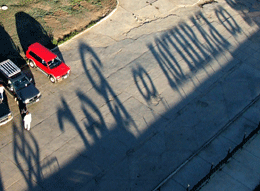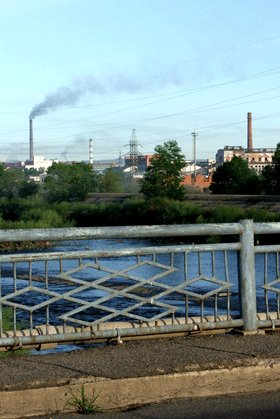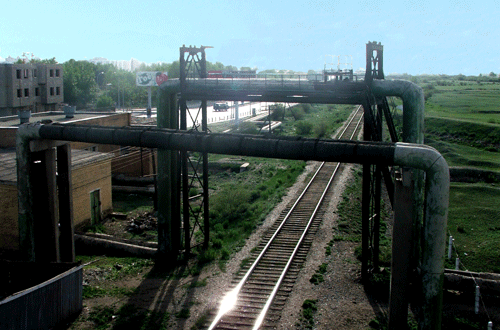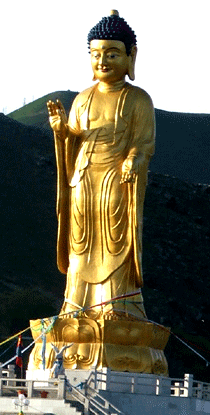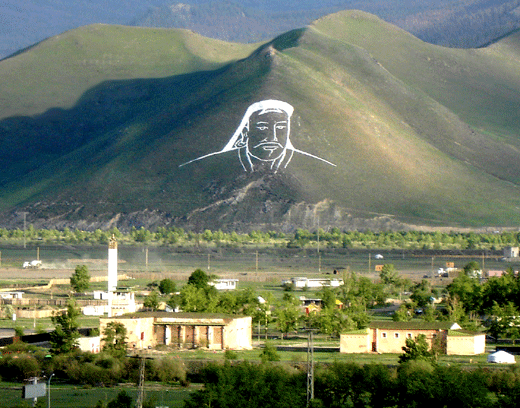
Tales of a 21st Century Gypsy
June 24, 2006.
A View of Ulaan Baatar
Sometimes I’m amazed by the loveliness of places. How did I come to be so lucky, that I am here and can enjoy this?
Today it’s the sweeping view of Ulaan Baatar. Which is a particularly unlovely city, but in the evening, by the slowly lengthening light of a very long dusk, comfortably seated on the balcony of my twelfth floor hotel room, it’s enchanting. Just below me the wide lot of the hotel stretches. An immaculate yellow tour bus, gleaming in the sun, waits to pick
up its passengers. Across the pavement the sun casts a shadow of the hotel restaurant’s neon sign, the backwards Cyrillic letters looking exotic on the ground. The word for “restaurant” is almost the same in Mongolian as in English, but the Cyrillic letters look like “pectopah” in our alphabet, so that’s how I think of places to eat. As in, “shall we go to a pectopah for lunch today?”
